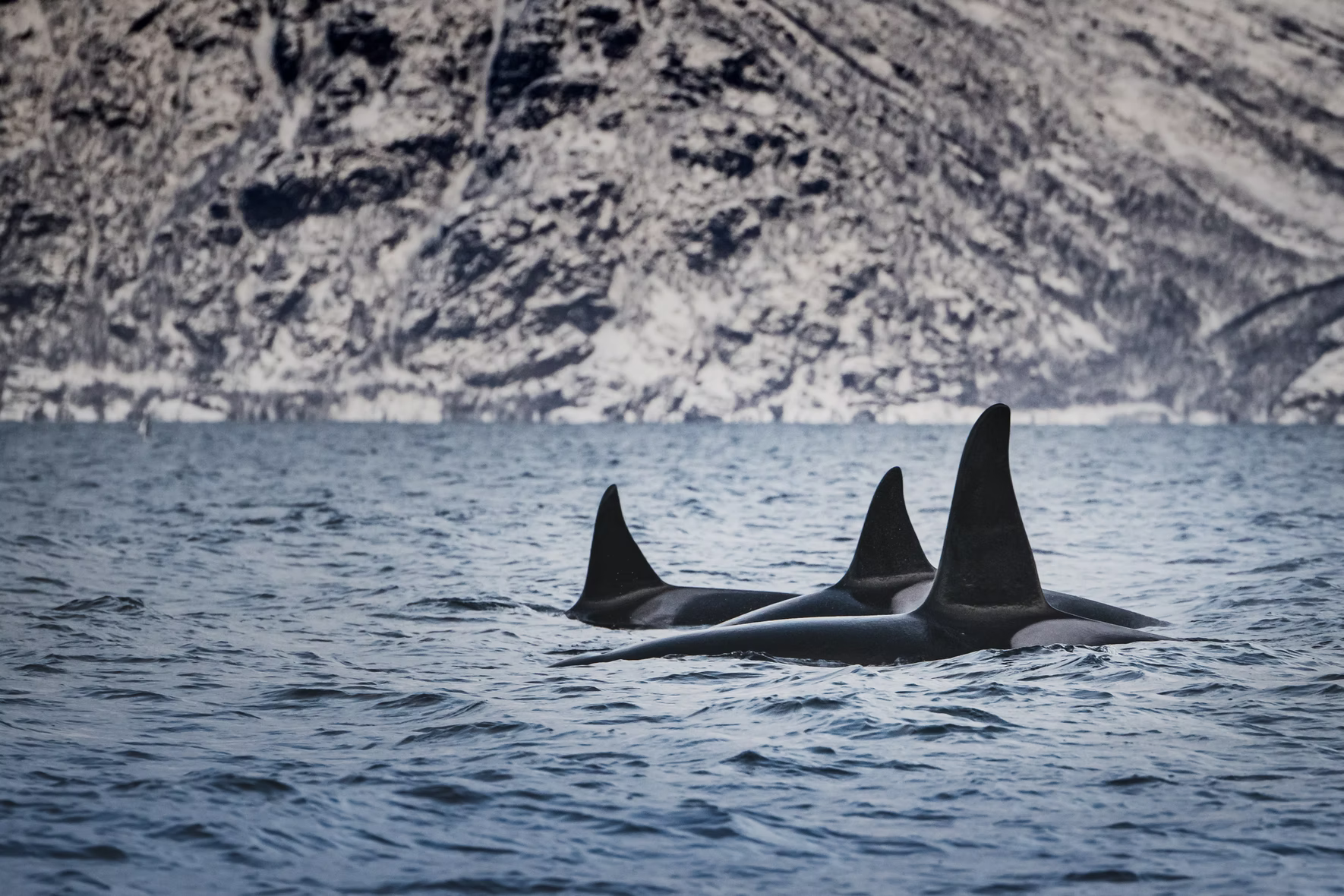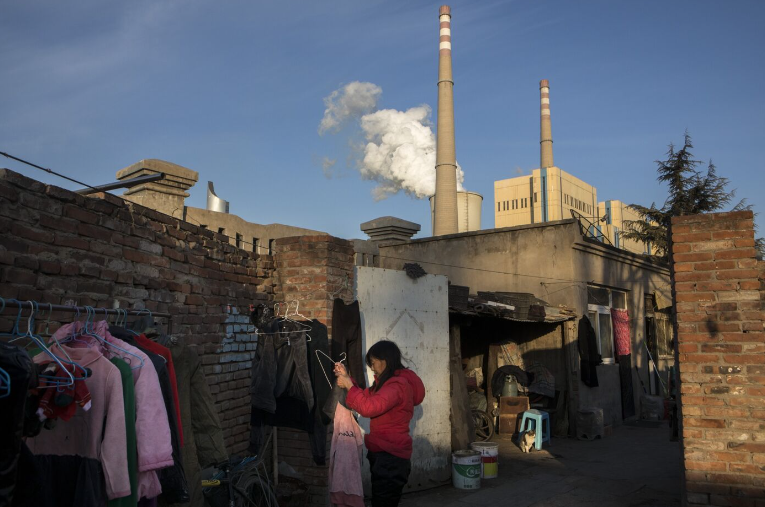· 7 min read
The orca is familiar to nature lovers as a species of whale. But in September 2021, a new Orca emerged in Iceland that should also rightfully be a favourite of nature aficionados. It’s the world’s largest CO2 direct air capture facility.
Orca literally sucks. This modular system of stackable container-size structures built by climate startup Climeworks AG sucks CO2 out of the atmosphere using giant fans. Another startup, Carbfix, then injects the CO2 deep into basaltic rock formations, where the CO2 crystallizes into a mineral in about two years, permanently storing or sequestering it into the ground. This tag-team is expected to capture 4,000 tons of CO2 each year from the atmosphere. The long-term goal is to capture 300 million tons or 1% of the annual global CO2 emissions each year. Companies ranging from Microsoft to Audi work towards neutralizing their carbon emissions by purchasing carbon removal services from Climeworks.
This is one of many examples of Carbon Capture and Storage/Sequestration (CCS), an emerging green technology that’s playing a small yet crucial role in taking us closer to a carbon-neutral future. A related concept is Carbon Capture and Usage/Utilization (CCU) which, as the name suggests, involves capturing CO2 and utilizing it to make substances like biofuel, concrete and plastics that are put to various uses. Together, they form the sunrise industry of Carbon Capture, Utilization and Storage (CCUS).
Fans of CCUS are excited by the technology for a number of reasons. One is that the skillsets needed to sequester CO2 into the ground are similar to those needed to extract oil from the ground. Both involve drilling deep into the ground to access hard-to-reach spaces. The main difference is that one involves inserting a substance into these spaces, the other involves removing a substance from them. That’s a simple difference that’s easy to adapt to.
This means that the massive job losses feared by many in the fossil fuels industry may not come to pass. Millions of oil and gas workers will find new jobs that are a seamless fit with their old skills. It’s not easy for lifelong oil rig workers to learn to build solar panels, but it’s easier for them to learn to store CO2 in the same kinds of subterranean formations that they took oil out of.
This is part of why the biggest players in the oil and gas industry are investing in CCUS. BP is driving the Net Zero Teesside CCUS project in the northeast of England with the aim to decarbonize a cluster of carbon-intensive businesses and deliver the UK’s first zero-carbon industrial cluster by 2030. BP is also partnering with Australian energy player Santos for the Moomba CCS project in South Australia. ExxonMobil is working with ten other companies to build a large-scale CCS hub in its hometown of Houston. Not to be outdone, Shell is developing CCS projects all over the world from Canada to Australia to Norway to the Netherlands.
Another advantage cited by supporters of CCUS is that it gives industries some breathing space. Industrial players large and small will not face an immediate pressure to make every one of their activities instantly carbon neutral. If it’s not possible for them to rapidly re-engineer all their processes to emit zero carbon, they can neutralize their carbon emissions with the negative carbon emissions achieved through CCUS. 1,000 tons minus 1,000 tons is net zero, goes this argument.
But it’s precisely this argument that has created a lot of critics of CCUS. The critics believe that CCUS is a form of greenwashing, a temporary and unsustainable stop-gap solution, a case of sweeping the dirt under the carpet. They believe that it gives industries an easy way out so that they can continue to follow the very processes that generate massive CO2 and make no effort to re-engineer those processes, as they can always remove the CO2 through CCUS.
Critics of CCUS have another frequent argument: Nature has given us abundant ways to capture and store carbon. The tundra stores an enormous amount of carbon and will continue to do so as long as human activity doesn’t damage or destroy this ecosystem. Green carbon in the form of rainforests is another carbon sink. In fact, rainforests are the first ecosystems that come to mind for many when they think of nature-based carbon sinks.
But there’s one form of nature-based carbon capture and storage that’s far more efficient than any rainforest: Blue carbon. This refers to oceanic and coastal ecosystems such as mangroves, seagrasses and salt marshes. These have three primary advantages. Firstly, per hectare, blue carbon ecosystems can store up to 10 times the carbon that green carbon ecosystems do. Secondly, blue carbon ecosystems can store it 40 times as fast. Thirdly, blue carbon is stored for thousands of years, whereas green carbon is released when trees die, which is a few decades at most. All these advantages are related to the fact that blue carbon ecosystems store a larger percentage of carbon in their soil, whereas green carbon ecosystems store more of it in their biomass of trees, plants and animals.
Given all these stupendous natural carbon sinks, why invent technology-based solutions to do the exact same task, ask critics of CCUS.
So, who’s right? Supporters of CCUS who believe that this is a superb green innovation, or critics who believe that it’s greenwashing?
The answer could be in a simple realization: These are false choices. There’s no choice between CCUS and re-engineering industrial processes. We need both. Likewise, there’s no choice between CCUS and nature-based carbon sequestration. We need both.
Guarding against a possible temptation to be satisfied only with CCUS, industrial players in every sector and every part of the world need to simultaneously re-engineer their processes. They need to innovate to embrace the circular economy in everything they do.
Similarly, while we invest in CCUS technology, we need to simultaneously take every possible step to safeguard our natural carbon sinks, from the tundra to the rainforests to the mangroves to the salt marshes.
If our house is dirty, we cannot clean it up by choosing to clean just the floor but not the ceiling. Or by just pruning the garden but not washing the dishes. We need all of the above.
Likewise, the climate crisis cannot be mitigated by selectively cherry-picking options. We need a multi-pronged assault on this multi-dimensional existential threat. CCUS can play a crucial role and it’s worth our while to invest and innovate in this emerging technology.
As is the case with any new technology, a number of challenges remain to be solved.
Firstly, we need to ensure that the captured carbon is used or stored safely. The last thing we want is an accident that releases an enormous amount of the stored carbon into the atmosphere at one go, causing a sudden spike and its resultant damage to ecosystems. Orca’s approach of crystallizing the carbon into solid mineral is currently the most promising solution to ensuring this. Gaseous or liquid carbon has a higher chance of being released inadvertently. Enhancing the mineralization process of carbon dioxide is an important area of research. Further advancements in this area will be crucial in powering the future of CCUS.
Secondly, the processes of capturing carbon, storing it, and converting it into biofuels or plastics, all require energy themselves. It would be a wasted opportunity if these processes cause more fossil fuels to be burned. Powering these activities through renewable energy is the ideal solution. Again, Orca provides a positive example as it’s powered by a geothermal power plant.
Thirdly, a common use of the captured carbon today is Enhanced Oil Recovery (EOR) which involves pumping carbon dioxide into oil fields to increase their oil output. This may well lead to increased usage of oil and therefore increased carbon emissions. As such, this can only be at best a stop-gap arrangement. Other ways to use or store the captured carbon will have to take precedence, sooner rather than later.
Fourthly, CCUS technologies are still on the expensive side. As of September 2021, Climeworks charges up to $1,200 per ton of CO2 it removes and stores. But the company is working towards getting the cost down to $200 to $300 per ton of CO2 by 2030. The critical target is to make it more affordable for carbon emitters to purchase carbon removal services from companies like Climeworks than for the same carbon emitters to pay fines and penalties for their emissions.
None of these challenges are insurmountable. Hurdles of this magnitude have existed in the vast majority of new technologies that have become mainstream in human history. In fact, these challenges should galvanize an entire generation to find ways to make CCUS work better. It already sucks, but we need to make it suck big time.
Energy Voices is a democratic space presenting the thoughts and opinions of leading Energy & Sustainability writers, their opinions do not necessarily represent those of illuminem.





